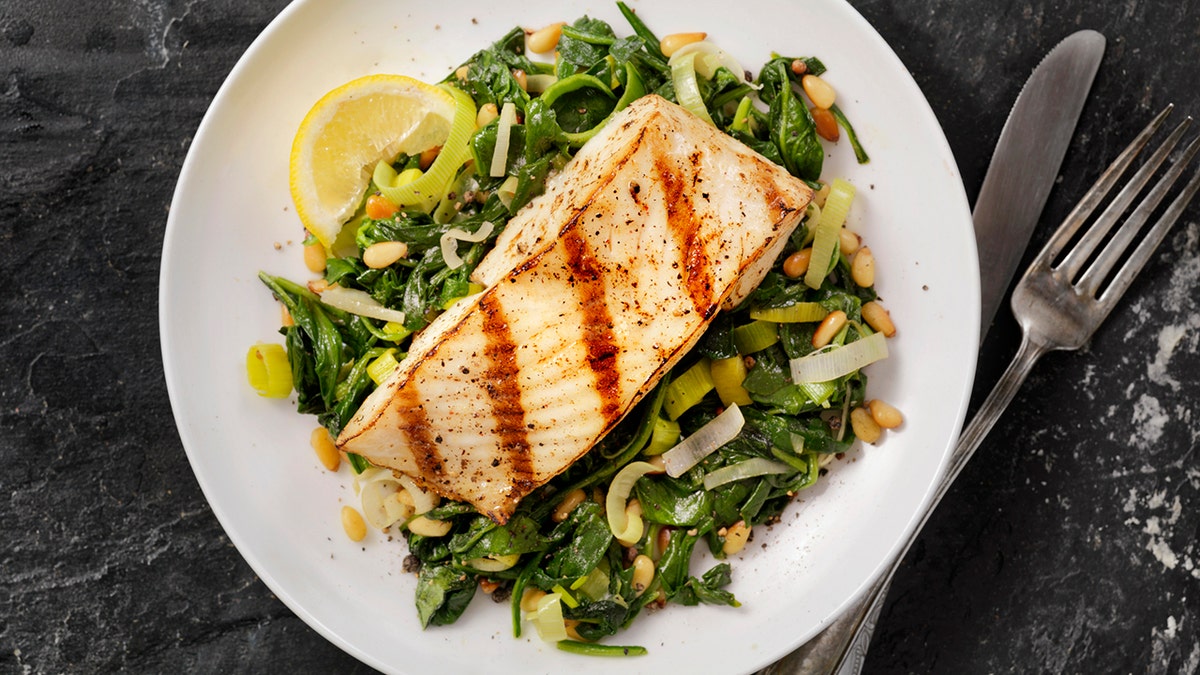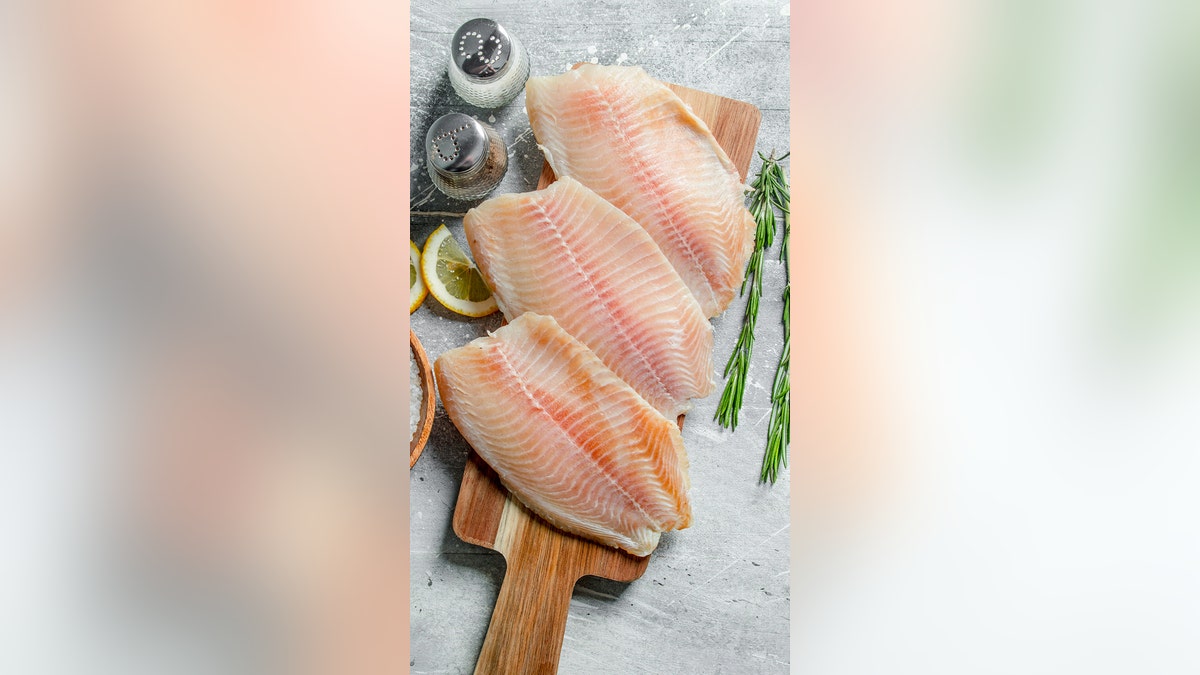With the holiday season upon us, many are looking for meal options beyond the traditional turkey. Fish often comes to mind as a healthy alternative, offering a wealth of nutrients like omega-3 fatty acids, protein, vitamins, and minerals. However, it's crucial to remember that not all fish are created equal in terms of nutritional value.
Michelle Routhenstein, a registered dietitian, emphasizes the importance of selecting fish wisely to maximize health benefits. So, which fish should be staples in your diet, and which ones should you avoid?

A visual comparison highlighting the nutritional differences between various fish.
The Nutritional All-Stars
Salmon
Salmon consistently earns praise from health experts. Lauri Wright, a registered dietitian and professor, highlights its high omega-3 content, beneficial for cardiovascular and brain health. Omega-3s have been linked to lower mortality from heart disease, reduced blood pressure, and decreased triglycerides. They also possess anti-inflammatory properties, potentially easing arthritis symptoms.

A delicious and nutritious salmon dish.
Sardines
Don't let their small size fool you. Sardines are nutritional powerhouses packed with EPA and DHA, two types of omega-3 fatty acids. They are also an excellent source of calcium, crucial for bone health and heart function. Furthermore, sardines are a good source of vitamin D and are budget-friendly.

Canned sardines – a convenient and affordable source of essential nutrients.
Halibut
Halibut is a great source of selenium, a potent antioxidant that combats inflammation and oxidative stress. It also provides a good dose of vitamin B6, supporting immune, nerve, and liver health.

A flavorful and healthy halibut dish.
Red Snapper
Red snapper stands out for its rich potassium content, contributing to healthy blood pressure and arterial function. It's also a good source of protein and B vitamins.

Red snapper – a delicious and heart-healthy option.
Fish to Consume with Caution
Sole
Sole carries a higher risk of contaminants and is relatively low in beneficial nutrients like omega-3s, potassium, and magnesium. Its high sodium content relative to potassium may also contribute to elevated blood pressure.

Sole – a fish to approach with caution due to potential contaminants and lower nutritional value.
Farmed Tilapia
Farmed tilapia raises concerns due to its potential for high levels of contaminants, antibiotics, and pro-inflammatory omega-6 fatty acids. These factors can negatively impact overall health goals.

Farmed tilapia – consider the potential health drawbacks before consuming.
Shark
Shark contains high levels of mercury, a neurotoxin that poses risks, especially for pregnant women and children. Its declining population is another reason to avoid consuming it.

Shark – avoid consumption due to high mercury levels.
Tuna
While tuna provides vitamins B6 and B12, it's not a significant source of omega-3s and contains mercury. Limit consumption to one or two servings per week, opting for light tuna. Pregnant or breastfeeding women, as well as children, should exercise extra caution due to mercury concerns.

Tuna – enjoy in moderation due to mercury content.

Canned light tuna is a better choice than albacore due to lower mercury levels.
Comments(0)
Top Comments